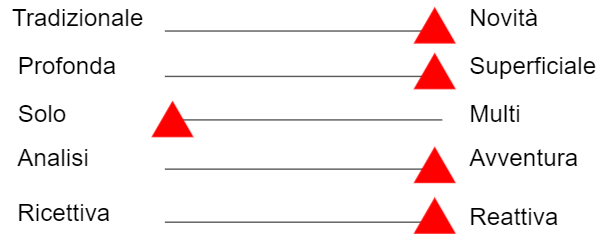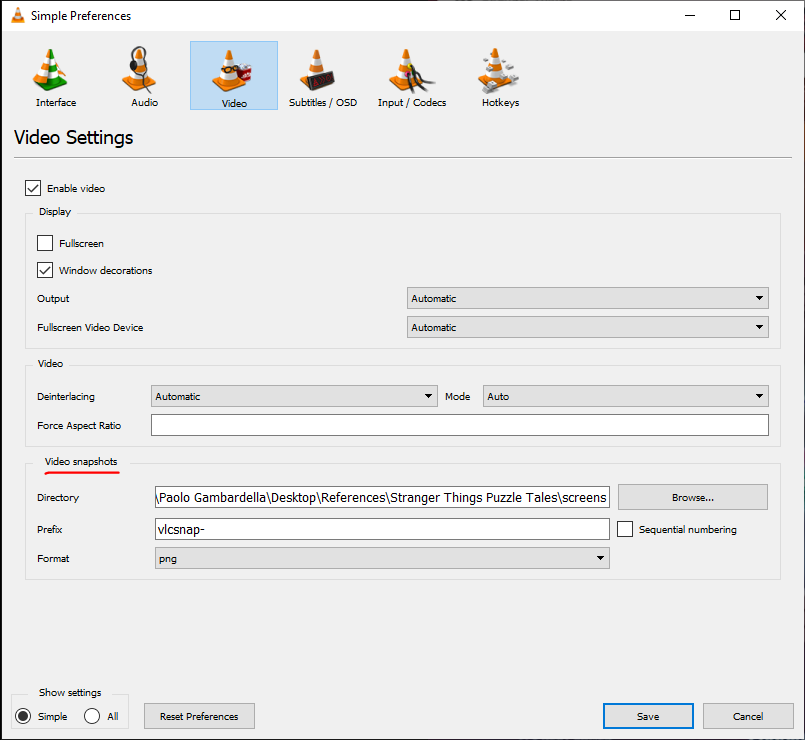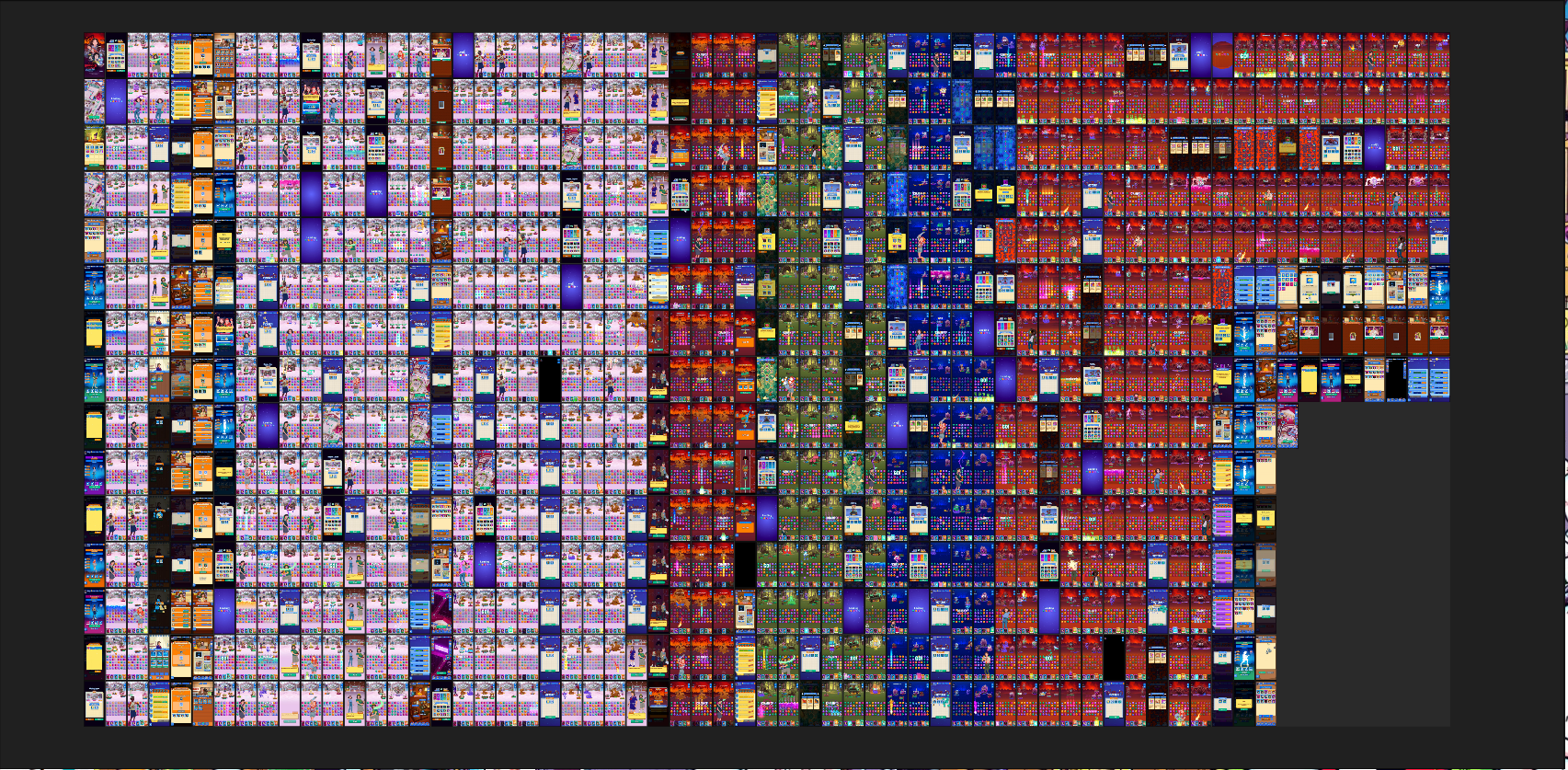There are four main specializations in game design: UX Design, Narrative Design, System Design and Level Design.
Each specialization is part of the game design, which in turn is part of the design. A Narrative Designer is a game designer; is a designer. A System Designer is a designer. And so on.
The difference is in the questions that each specialization asks itself.
UX Designer: What can you do in the game? What do we care that players do? What are the business objectives? Do the business goals support those of the players? Who are our players? How are they using the game right now?
System Designer: How can the gaming experience be broken down? What are the necessary resources for the experience and how do they interact with each other? Where do we want scarcity and where do we want abundance?
Narrative Designer: Who? Where? Why? What? When? How?
Level Designer: What are the metrics? What mechanics do I have? What kind of spaces appear in the game’s magic circle? How long should the level last? With what resources does the player arrive? What resources does the player end up with?
Job offers are always more specialized. In my humble opinion, any extra specialization is a specialization of these four described above.
A combat designer? He is a system designer specializing in combat systems.
A content designer? He is a somewhat UX oriented narrative designer
A game balancer? He is a level designer specializing in balancing numbers, therefore a bit oriented towards system design.
We are all game designers, and all game designers are designers!



